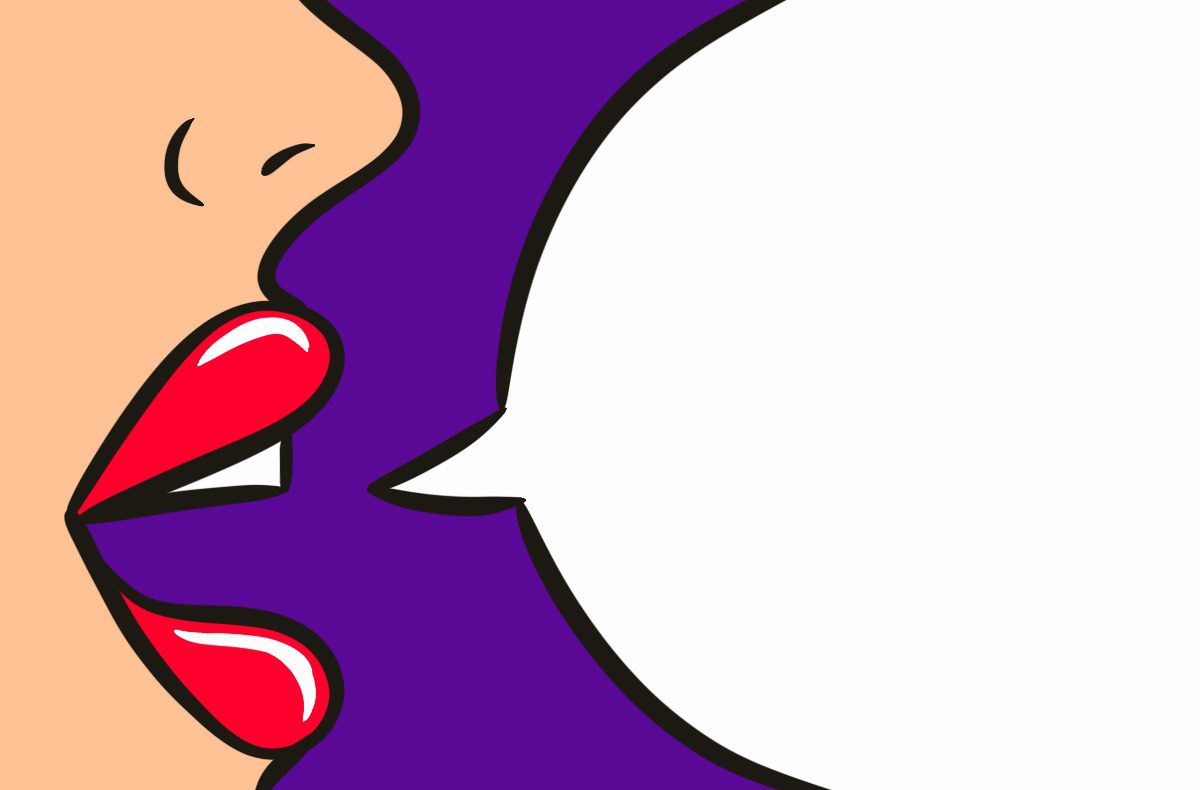
Illustration by Nikki Muller
Technology has furnished us with a multitude of ways to communicate and disseminate information. It continues to do so, with a recent surge in the use of AI and machine learning. But when it comes to testing the power of a good idea—particularly when that idea involves complex innovation—it’s not a bad tactic to strip away the technology trimmings, go back to basics and rely on the strength of the human voice alone to transmit thoughts and convey meaning.
The Power of Storytelling
Word of mouth is ultimately so powerful because of storytelling. Let’s start by exploring that.
The human mind has an innate connection to stories. This is why a well-crafted story can make an idea more compelling, memorable and persuasive than simply reciting facts or features. A great story has the power to evoke emotions, convey layers of meaning and connect with people on a deeper level, making it more likely that the story will resonate.
It’s no surprise that radio remains among the most intimate, impactful and enduring of technological innovations, or that podcasts have become a go-to source for those seeking the deeper exploration of ideas to which our social media feeds and rolling news channels pay mere lip service. In a world where we’d be forgiven for thinking human communication has been reduced to grabbing attention through the medium of memes, 280-character counts and five-second skippable YouTube content, our oral tradition endures. Not just as the conveyer of good ideas, but more often than not the source of them.
For advertisers—the world I occupy as a founder of a brand consultancy—the best slogans are a window into a story, one that reflects a view of the world shared by a brand and its audience. A story distilled to its simplest form in just three or four words. Think Nike’s “Just do it,” or “Should’ve gone to Specsavers.” These slogans invite the listener to dig beneath the surface to the story underneath, building brand appeal, associations and memorability through repetition that sticks after the ad has finished. When we devised “The Ride Ahead” for Vittoria, a premium cycle tyre brand, we aimed to bring together the brand’s relentless pursuit of innovation with their audience’s hunger for their next great riding experience. This sentiment unites everyone from pro riders to cycling enthusiasts, irrespective of age, ability or terrain.
If it Ain’t Broke
While technology has given us new ways to communicate, it is important to remember that simpler forms of communication can be just as, if not more, effective. For example, at a convention I attended recently, I was reminded of how we automatically default to PowerPoint when actually relying on voice alone could make a far bigger and more meaningful impact. PowerPoint has a tendency to lead us into present-explain-and-persuade mode, when gauging responses to an idea requires us to invite conversation, engage with and drive participation from our audience. It can be an unnecessary obstacle to clear understanding.
Communicating Innovation
How can we use storytelling to our advantage when it comes to communicating ideas and innovations?
Just because what you’re trying to communicate is complex and new doesn’t mean the way in which you communicate it has to be. Most people are more interested in what your innovation means for them than how it works—however complex and fascinating that might be to you as the innovator.
Telling a compelling story about that innovation, bringing to life the problem it’s there to solve and helping the listener picture its potential impact is the most effective way to communicate new ideas and gauge their resonance. The beauty of word-of-mouth communication is that simplicity. It’s easy to get carried away with visuals and long rambling explanations when you bring technology into play. Word-of-mouth strips all of that back. It makes it harder to hide. If you’re over-explaining, you’re probably losing.
Of course, there is a time and a place for these innovative methods of communicating. Visuals and diagrams, videos and statistics are all fantastic ways to enhance your message. But when it comes down to it, if you want to truly test a good idea and see how it lands, word-of-mouth is an equalizer.
The importance of balancing tradition and innovation in communication, particularly when communicating a business idea or brand innovation, can’t be emphasized enough. While it is important to stay current and take advantage of new technologies, it is also essential to remember the power of traditional forms of communication. Striking the right balance between innovation and tradition can help ensure that your message, your story, is communicated effectively, reaches a wide audience and has a lasting impact.